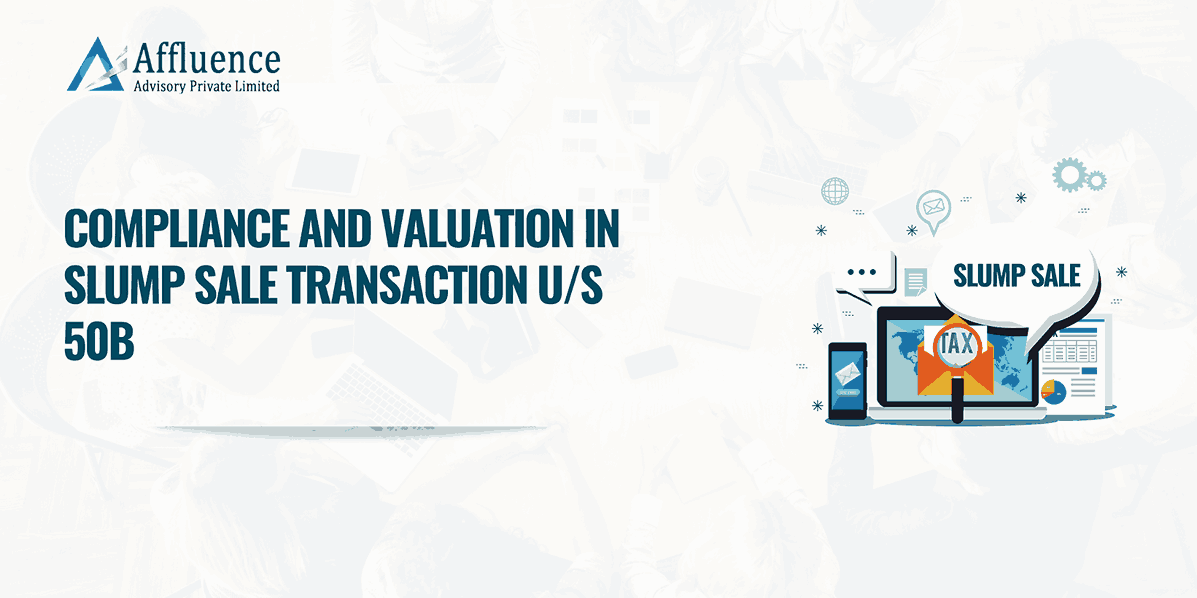RBI is the regulatory authority for P2P lending companies. Peer to Peer lending is a system of lending and borrowing without involving any bank or any other financial institution lender.
What is Peer to Peer Lending?
When people need money, they approach banks and NBFCs for a loan. But on many occasions, the loan application is rejected due to inadequate income, lack of documents, or poor credit score. In such a situation, they turn to friends and relatives for help. They will approach people in their circle who know them well and would trust them to return the money. The main problem here is that people can lend and borrow only from a closed group.
On the other hand, some people may be sitting on excess funds and looking for investment opportunities. They are not satisfied by the interest rates offered by banks and NBFCs on fixed deposits and are looking for higher returns. But they do not have the skills to appraise the loan nor information on who needs funds.
Peer-to-Peer Lending (P2P lending) is the use of an online platform that matches lenders with borrowers to provide loans. Since the transaction takes place through a website or an app, it eliminates the need for a bank or NBFC to act as an intermediary.
How does Peer to Peer lending work?
The borrower has to register on the P2P platform where the borrower is evaluated on various parameters like employment, income, credit history, social media activities, etc. Based on the evaluation, the creditworthiness of the borrower is decided and they are assigned a risk category. This serves as a basis for the interest rate a borrower has to pay. The higher the creditworthiness, the lower would be the interest rate.
Similarly, lenders also have to register on the platform. The lender’s KYC details are verified by the platform and once it is completed, the lender’s account is opened and he can transfer his funds to the platform.
Once a lender transfers the funds to the lending platform, he can see the list of potential borrowers along with their profile containing details such as location, employment details, credit score if available, funds required, the purpose of the loan, repayment period and rate of interest offered. Based on the lender’s risk appetite, he can select one or more borrowers and decide on the amount he can offer. For example, if a borrower is looking for a loan of Rs. 1 lakh, based on the risk profile, one lender might offer him Rs. 10000 while another may offer him Rs. 5000. So once the entire requirement of Rs. 1 lakh is fulfilled, the amounts get debited from the lenders’ accounts and it is credited to the borrower’s account. Each lender also gets a digitally signed agreement that gives the details of the terms and conditions of the loan.
Every month, the borrower pays the installment to the platform which in turn credits the accounts of the lenders in proportion to the amount they have lent. The interest rate would vary between 16% to 24% depending upon the creditworthiness of the borrower. After factoring in the platform costs and defaults, a lender can expect a pre-tax return of 14% to 16%.
How does the platform earn income?
Unlike a bank or an NBFC, the platform does not make any money from the spread between the borrowing and lending rates. Its main income is the fees paid to the platform by both the borrower and the lender. The borrowers pay an origination fee which could be a flat amount or a percentage of the loan amount. The lenders pay an administrative fee while registering on the platform.
What are the risks associated with P2P lending?
The primary risk associated with P2P lending is the credit risk i.e., risk of default by the borrower. In case of default, the platform will help in recovering the money through follow-ups, sending legal notices, assigning cases to collection agencies etc. Hence the credit evaluation of the potential borrower plays a fundamental role in minimizing the losses. If the platform’s screening process and credit scoring algorithms are not robust, then defaults would be high. Currently, P2P lending platforms use more than 400 data points – financial, personal and social – to ensure that only select borrowers get listed on the platform.
What are the regulations governing P2P lending?
P2P lending is regulated by RBI through its guidelines issued in 2017. All platforms have to register with RBI as an NBFC -P2P lender. They should have net-owned funds of at least Rs. 2 crores. Since P2P lending is still at a nascent stage in India, RBI has given some guidelines to protect the lenders. A lender cannot invest more than Rs. 50 lakhs across all platforms. Moreover, for lenders investing more than Rs. 10 lakhs, a net worth certificate from a Chartered Accountant is required certifying a minimum net worth of Rs. 50 lakhs. Additionally, the amount a lender can give a single borrower cannot exceed Rs. 50000. Similarly, a borrower can avail of total loans of up to Rs. 10 lakhs across all the platforms. Moreover, the loan tenure cannot exceed 36 months. Finally, all P2P platforms have to become members of the Credit Bureaus and report the credit history of the borrowers on a monthly basis.
What is the current Indian scenario?
P2P lending has gained popularity over the last few years. The growth can be attributed to factors like increased internet penetration, rise in digital payments and increase demand for credit among first-time borrowers and businesses. The RBI regulatory framework has helped in building trust among investors and has aided the growth of the industry. Currently, there are about 26 companies that are registered as NBFC – P2P with the RBI. Some of the leading platforms are Faircent, LenDen Club, Liquiloans, Finzy, i2ifunding etc.
Should you invest in P2P Lending?
P2P lending is still at an early stage in India and the platforms are still fine-tuning their credit scoring models. Moreover, during the Covid lockdown, the number of defaults has increased and the platforms are still recovering from it. Hence, P2P lending is only for investors having a high-risk appetite. Ideally, one should start with a small amount and lend it across different platforms and borrowers.
Click here to Download PDF
Disclaimer: This article provides general information existing at the time of preparation and we take no responsibility to update it with the subsequent changes in the law. The article is intended as a news update and Affluence Advisory neither assumes nor accepts any responsibility for any loss arising to any person acting or refraining from acting as a result of any material contained in this article. It is recommended that professional advice be taken based on specific facts and circumstances. This article does not substitute the need to refer to the original pronouncement








